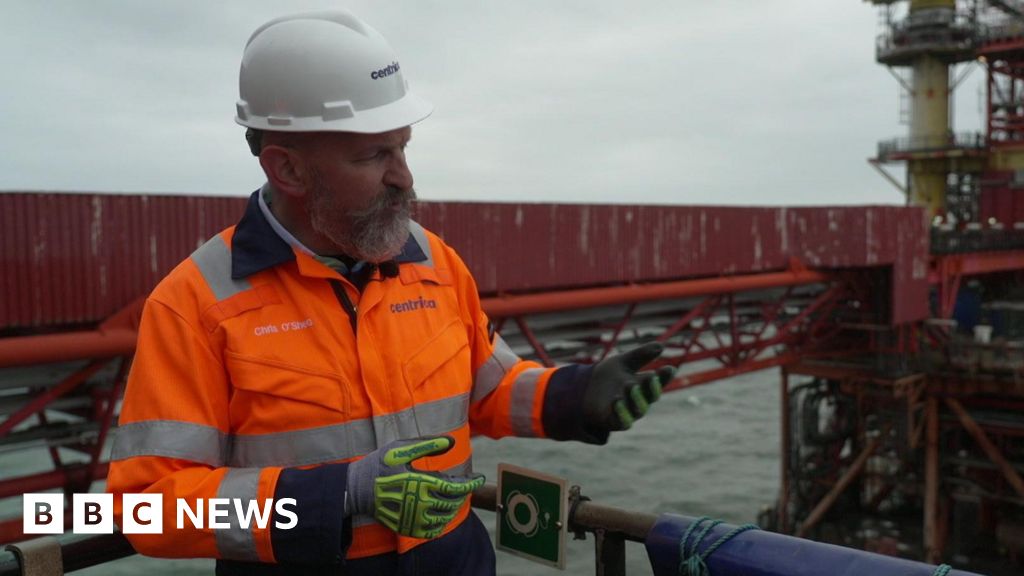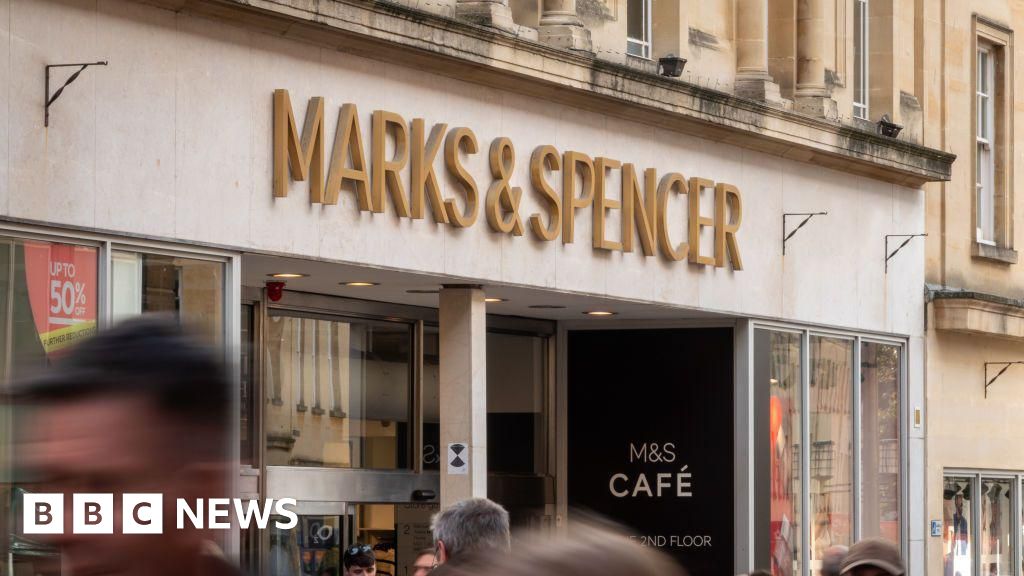ARTICLE AD BOX
 Image source, Getty Images
Image source, Getty Images
By Mariko Oi
Business reporter
Sri Lanka's central bank has laid out the extent of the country's worst economic crisis in more than 70 years.
The bank has outlined how last year wages failed to keep up with soaring prices of everything from food to fuel.
In its annual report, the bank says "several inherent weaknesses" and "policy lapses" were among the reasons for the severe problems that engulfed the economy.
The bank says it expects the economy to return to growth next year.
The Central Bank of Sri Lanka forecast the economy will shrink by 2% this year, but expand by 3.3% in 2024.
The prediction is more optimistic than the International Monetary Fund (IMF), which predicted a contraction in 2023 of around 3% and growth of 1.5% next year.
The central bank's report also outlined how headline inflation reached almost 70% in September as prices of fresh fruit, wheat and eggs more than doubled.
At the same time the cost of transportation and essential utilities such as electricity and water rose even faster.
Last year, the economy shrank by 7.8% and the country defaulted on its foreign debt for the first time since independence from the UK in 1948.
Defaults happen when governments are unable to meet some or all of their debt payments to creditors.
This damaged its reputation with lenders, making it even harder to borrow money on the international markets.
"The Sri Lankan economy faced its most onerous year in its post-independence history," the report said.
An "unsustainable" economic model "steered the country towards a multifaceted disaster," it added.
Sri Lanka owes about $7bn (£5.7bn) to China and around $1bn to India. In February, both countries agreed to restructure their loans, giving Sri Lanka more time to repay them.
Last month, the IMF agreed to lend Sri Lanka $3bn. That was on top of a $600m loan from the World Bank last year.
Sri Lanka's government is currently negotiating its debt repayments with bondholders and creditors before the IMF reviews the situation in September.

 2 years ago
49
2 years ago
49








 English (US) ·
English (US) ·